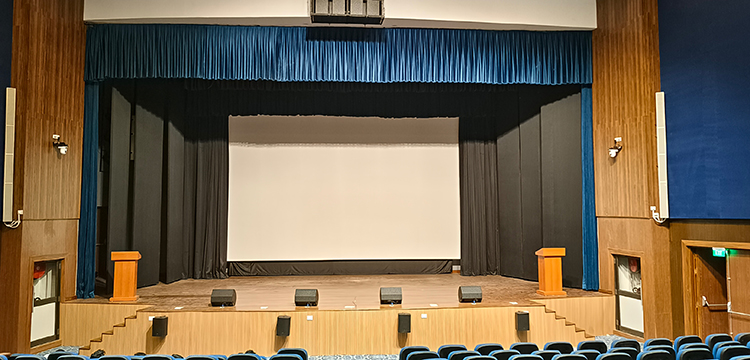Smart goes to school? Vallect's Vickey Koul gives us a lesson

Should children be allowed to take their tech to school? Are smartphones a distraction with no place in education or a portal to a world of knowledge that helps children learn? Everyone has an opinion, no one agrees on an answer, and there’s every chance the same debate will still be running in 10 years’ time or until the smartphone generation’s in charge.
But almost everyone agrees that technology, particularly AV technology, has an increasingly important role in classrooms and lecture halls. The right display technology immerses students in new ways of learning and helps teachers prepare and present engaging lessons in ways that exercise books and blackboards never could.
Changing fast
Vickey Koul, founder of Vallect, a leading infrastructural system integrator based in New Delhi, India, and one of the young AV professionals to be featured in InAVate APAC’s 40 under 40 Class of 2023, is not only highly successful but also close enough to his university days to remember what it’s like to learn. And he has no doubt things are changing fast.
“Digital classrooms used to be a luxury, but every Indian institute these days, no matter what area or city, is going for AV systems. Not for a simple projector or a whiteboard — they’re looking for podiums, annotators, video walls, and interactive projection. They’re looking for e-learning, recording, and streaming devices. The market here is growing, and it’s going to stay for good.”
Biswa Bangla University in Bolpur, West Bengal, India is one of Vallect’s more recent projects and a perfect example of how this new drive for AV is changing education. Alongside smart classrooms, there’s a 500-seat smart auditorium equipped with Christie® D13WU-HS 1DLP® laser projectors. The university also has a conference room and a boardroom equipped with DWU630-GS 1DLP® laser projectors. There are also 55-inch UHD552-L 4K UHD LCD panels in all three spaces. The lesson here is simple, if you want to create compelling, collaborative environments, use the same tech students use for social collaboration and media formats that they already find fascinating.
Vickey Koul again. “I think the collaboration side is definitely propelling things. And easing collaboration between students and teachers helps to increase the capacity of an institution. Without AV devices, you can’t address more than 50 to 60 people, but with AV devices, you can address up to 500 people in a convention hall or auditorium. It goes from being a relationship between four or five people into a collaboration between four or five hundred, complete with remote guest lecturers.”
The wrong tech in classrooms is a distraction, but the right tech engages. Ban it or embrace it. Social media feeds on phones don’t likely have a place in the classroom, but social media-style collaboration likely does, provided it’s focused on education and development. We all learn best when learning’s fun and when we’re taught in ways we like to learn. That’s the smart way.






